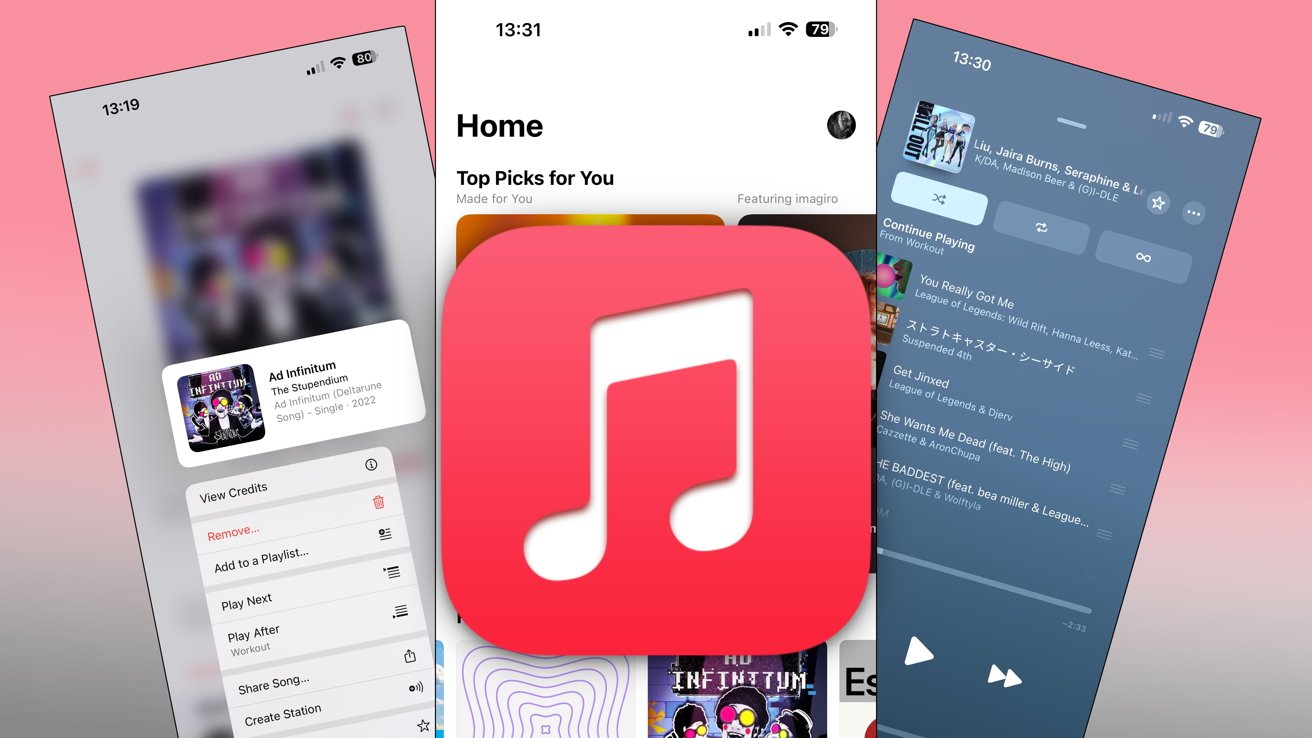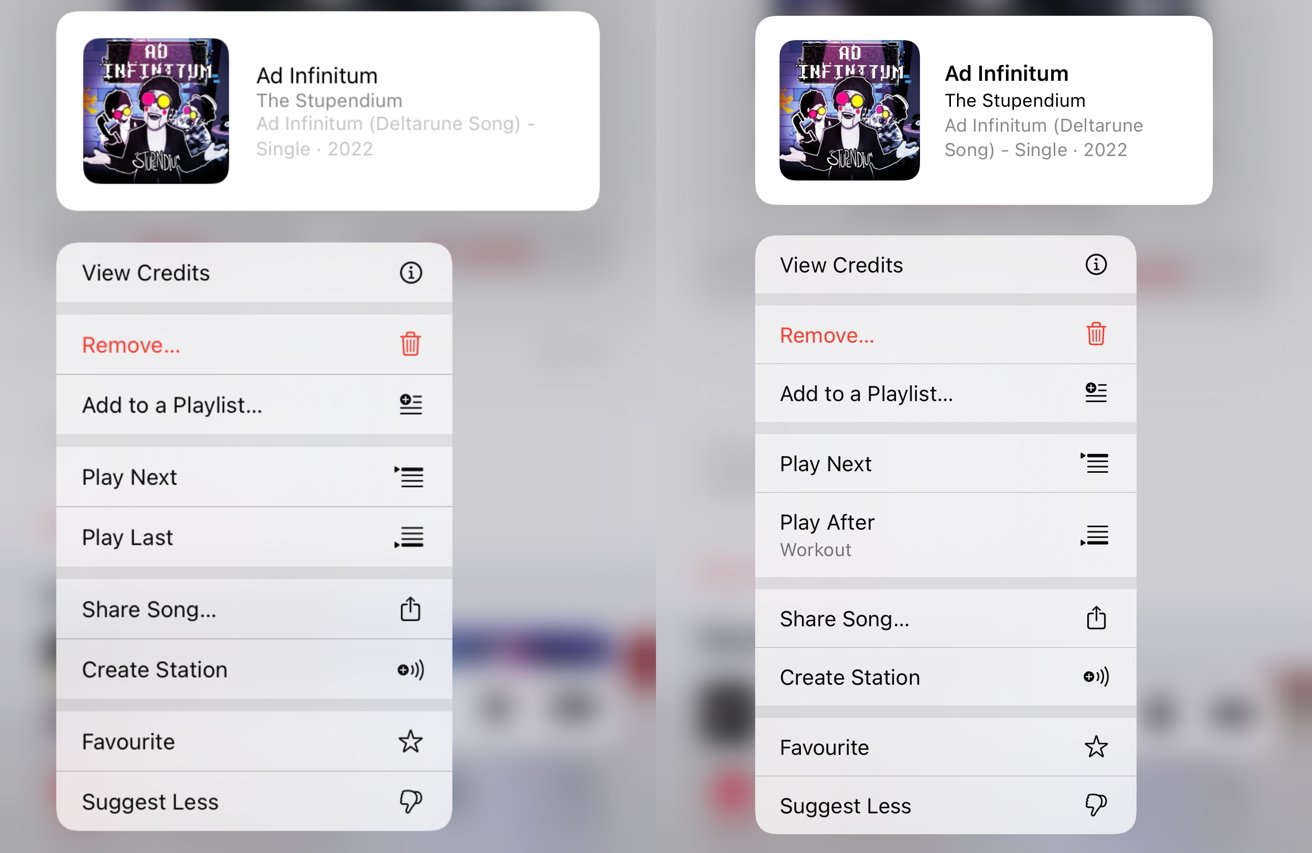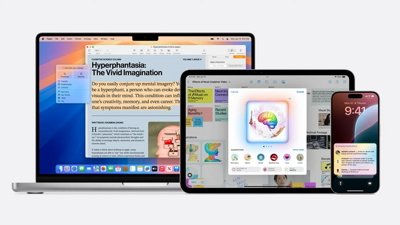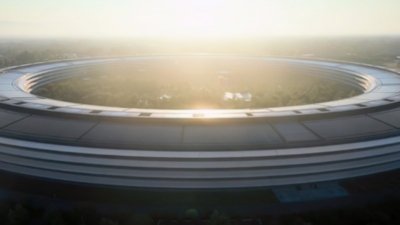While Apple Music didn't get much love during the WWDC keynote, there are still changes on the way. Here's what's happening to the streaming music app.
Apple's apps often get talked about during the keynote of WWDC. For 2024's version, there seemed to be very little discussion about Apple Music.
Despite Apple's near silence about Apple Music, there are still some feature changes that have been made to the app.
Music Haptics
To enhance the music listening experience, as well as to help the deaf and hard of hearing, Apple introduced a feature called Music Haptics.
Taking advantage of the powerful Taptic Engine that can "tap" and vibrate the iPhone, the accessibility feature will combine it with music playback. In short, your iPhone will vibrate in time and intensity to match the music being played back.
Apple will make Music Haptics compatible with millions of songs in the Apple Music catalog.
Third-party developers will also be able to use an API to use the function with their own apps in the future.
Queue System
A smaller change to Apple Music involves its track queue system, used to organize and play the next track when the current one has concluded.
When haptic-pressing a song, the playlist option has been tweaked. Rather than "Play Last," it now displays options to "Add to Queue," or to "Play After" the current song or playlist.
You can also change the currently playing song without wiping the rest of the queue, which has previously been a problem. Users can also clear the queue completely.
Lastly, Apple made the buttons for shuffle, repeat, and infinite autoplay much larger and easier to press versus Apple Music in iOS 17.
SharePlay expansion
SharePlay allows a group to make changes to the playback queue. Anyone can add songs to the list being played on a HomePod, Apple TV, or attached Bluetooth speakers.
While this is useful, it was previously only usable by anyone with a paid Apple Music subscription.
Under iOS 18, Apple changes SharePlay so that other people can still add to the playlist without necessarily having a paid-up Apple Music subscription.
This should make it a lot better for groups, since almost anyone will be able to contribute to a playlist directly.
 Malcolm Owen
Malcolm Owen








-m.jpg)






 Chip Loder
Chip Loder
 Marko Zivkovic
Marko Zivkovic


 William Gallagher
William Gallagher
 Christine McKee
Christine McKee
 Andrew O'Hara
Andrew O'Hara
 Andrew Orr
Andrew Orr



-m.jpg)




4 Comments
I don’t understand why they still have not added high res to Apple TV to simplify the use of high res in the living room.
Not only would I like to know if the Apple Classical Music App shows in CarPlay, but also whether there's any indication that it'll finally be available on AppleTV and Mac.